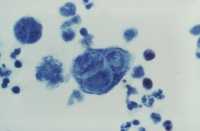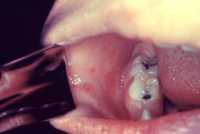Author Interviews, BMJ, Cancer Research, Infections / 13.09.2019
H.pylori Treatment Linked to Decreased Gastric Cancer Mortality
MedicalResearch.com Interview with:
Prof. Kai-feng Pan
Director. Department of Cancer Epidemiology
Peking University School of Oncology
Beijing Cancer Hospital & Institute
Peking University Cancer Hospital
MedicalResearch.com: What is the background for this study?
Response: Based on a high-risk population in China, we have conducted a large randomized factorial-designed intervention trial (Shandong Intervention Trial) to examine the effect of short-term Helicobacter pylori (H. pylori) treatment and 7.3-year vitamin and garlic supplementation on gastric cancer. During 14.7-years’ follow-up in the trial, 2-week treatment for H. pylori resulted in statistically significant reduction in gastric cancer incidence. Results for gastric cancer mortality and for the effects of garlic and vitamin supplementation, though promising, were not statistically significant. Longer follow-up was needed to determine whether the reductions in gastric cancer incidence from H. pylori treatment would persist and lead to a demonstrable reduction in gastric cancer mortality. It also remained unknown whether vitamin and garlic supplementation would yield a statistically significant reduction in gastric cancer incidence and mortality with additionally extended follow-up. In addition, the entire spectrum of effects of these interventions needs to be understood. (more…)





























